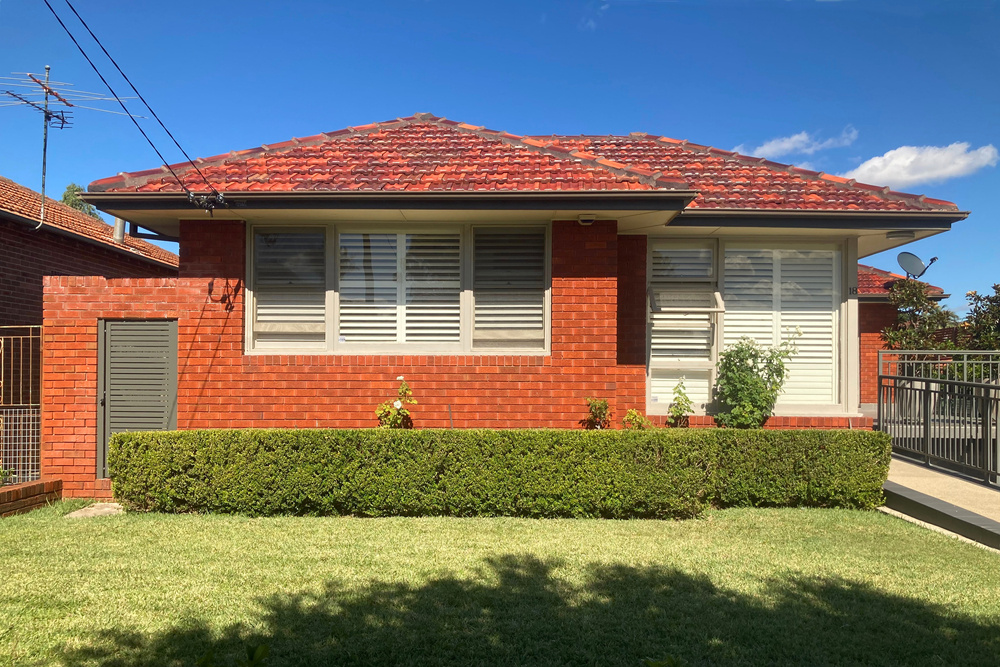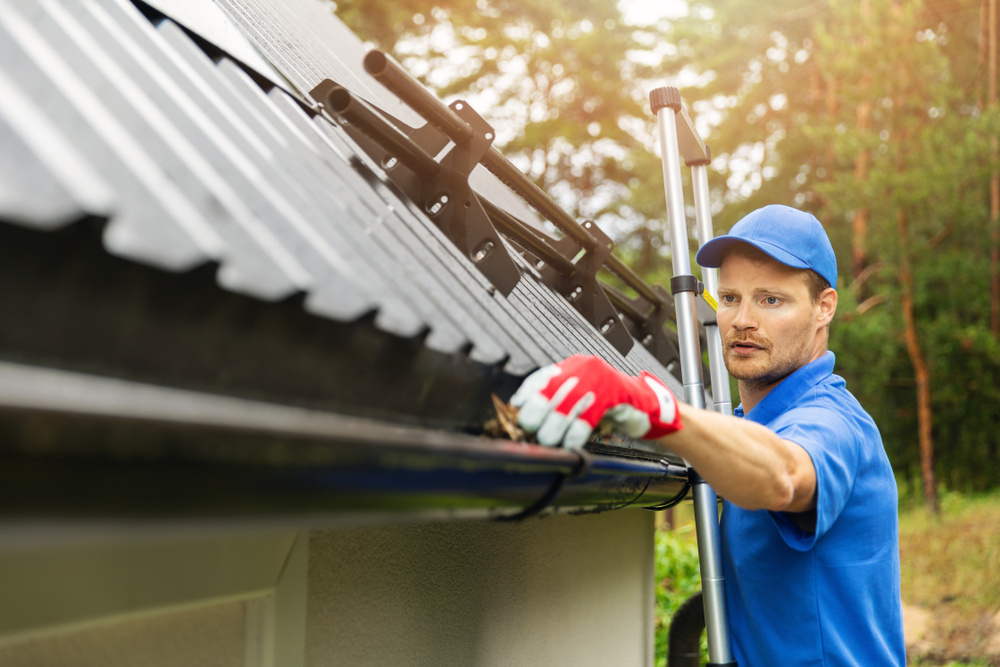
Jul
Essential Roof Restoration Maintenance Tips for Homeowners
A roof restoration can breathe new life into your home, improving not only its appearance but also its structural integrity and weather resistance. But once the work is done, many homeowners forget the next critical step: maintenance.
Without proper aftercare, your restored roof may not last as long as it should. Whether you’ve just completed a modern roof restoration or you're planning ahead, here’s what you need to know to keep your roof in top shape year after year.
Why Roof Maintenance Matters
Your roof is your home’s first line of defence against harsh weather, especially here in Australia where sun, storms, and hail can do serious damage over time. Even the best roof restoration will require regular upkeep to prevent future problems like leaks, rust, or cracked tiles.
A simple roof maintenance routine can add years to the life of your roof and save you thousands in premature repairs or another full restoration.
How to Maintain Your Roof
1. Start with Regular Inspections
After your roof restoration, set up a habit of inspecting your roof at least twice a year, ideally in spring and autumn. Look for signs of damage such as:
- Loose or cracked tiles
- Rust spots on metal roofing
- Debris in gutters or valleys
- Moss or lichen growth
- Signs of water damage inside your ceiling
If you’ve recently completed a tile roof restoration in Brisbane for example, small cracks or dislodged ridge caps can lead to major leaks if left unchecked. Catching these early is key to long-term roof health.
2. Keep Gutters and Downpipes Clear
Blocked gutters are one of the most common culprits behind roof leaks. Leaves, sticks, and debris prevent water from draining properly, which can cause it to pool and seep under your roof materials. This is especially critical if you’ve had a metal roof restoration in Brisbane in leafy suburbs, where seasonal debris is common.
Clean your gutters and downpipes every few months, or more often if you live under large trees. While you’re there, check for signs of corrosion or sagging.
3. Monitor Flashings and Sealants
Flashings (the metal strips around chimneys, vents, and valleys) are often the weak point in a roofing system. They protect seams where water can get in, but only if they’re in good condition. Over time, flashing can lift or degrade, especially during Queensland’s hot summers and stormy seasons.
As part of your roof restoration & maintenance, inspect flashings for cracks, lifting edges, or failed sealant. This is a small fix that can prevent big water ingress issues later on.
4. Address Lichen and Moss Early
If you notice moss, lichen, or algae starting to form, don’t ignore it. These organisms retain moisture and can cause tiles to deteriorate more quickly, especially on older tile roofs.
There are gentle roof-safe sprays that kill moss without damaging the finish of your recent roof restoration. Avoid pressure-washing unless advised by your roofer, as it can strip protective coatings or loosen tiles.
5. Recoat When Needed
Modern roof restorations often include protective coatings that enhance durability, UV resistance, and water repellence. But like paint, these coatings degrade over time. Depending on the type of coating and the local climate, you may need a recoat every 8–12 years.
If you had a Colorbond roof restoration in Brisbane, be sure to check the manufacturer’s recommendations and speak with your contractor about recoating schedules. A fresh topcoat can extend your roof’s lifespan significantly.
6. Keep an Eye on Storm Damage
Queensland’s summer storms can do a number on even the strongest roof. After any major weather event, do a visual check for missing tiles, dents, or debris that could cause long-term damage. Don’t wait until you see a ceiling stain, instead act fast to preserve the results of your roof restoration.
If you’re unsure about the extent of damage, many companies offering roof maintenance in Brisbane can carry out storm inspections and emergency repairs.
7. Don't Delay Minor Repairs
One of the biggest mistakes homeowners make after a roof restoration is assuming they won’t need to think about it for 20 years. But even small issues like a cracked tile or lifted flashing can snowball into major leaks if ignored.
Be proactive. If something doesn’t look right, call a trusted local roofer. Whether you’ve had a tile or metal roof restoration, timely repairs are essential for protecting your home.
Final Thoughts
Your roof restoration and maintenance plan should go hand in hand. A restored roof is only as good as the care it receives afterwards. With the right routine for inspections, cleaning, minor fixes, and recoating, you can expect decades of performance from your investment.
Need expert advice on your roof? Talk to our friendly team at Roo Roofing. Whether you have a tile, metal or Colorbond roof, we can help you ensure your roof continues to perform, protect, and look great year-round.



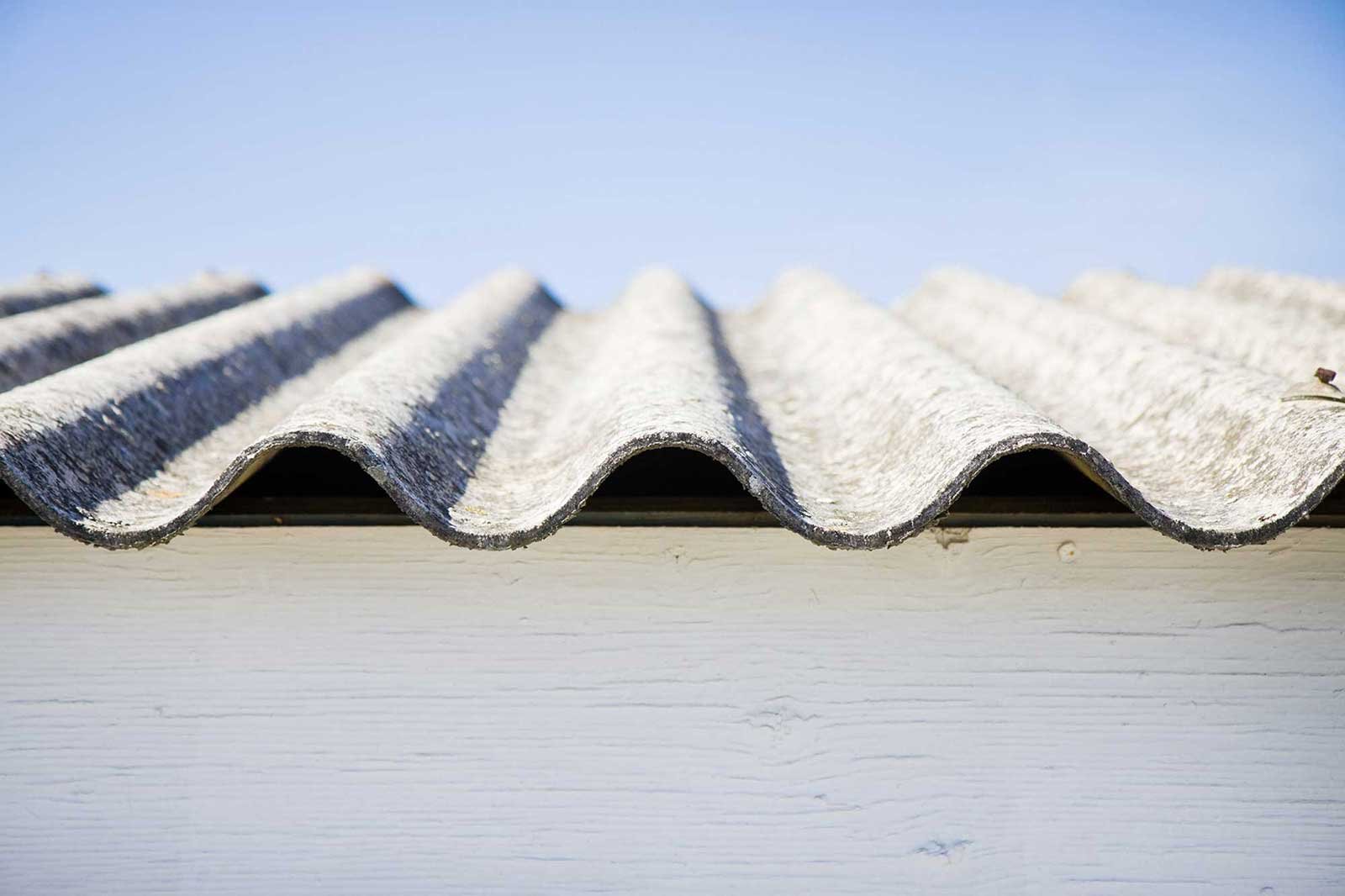




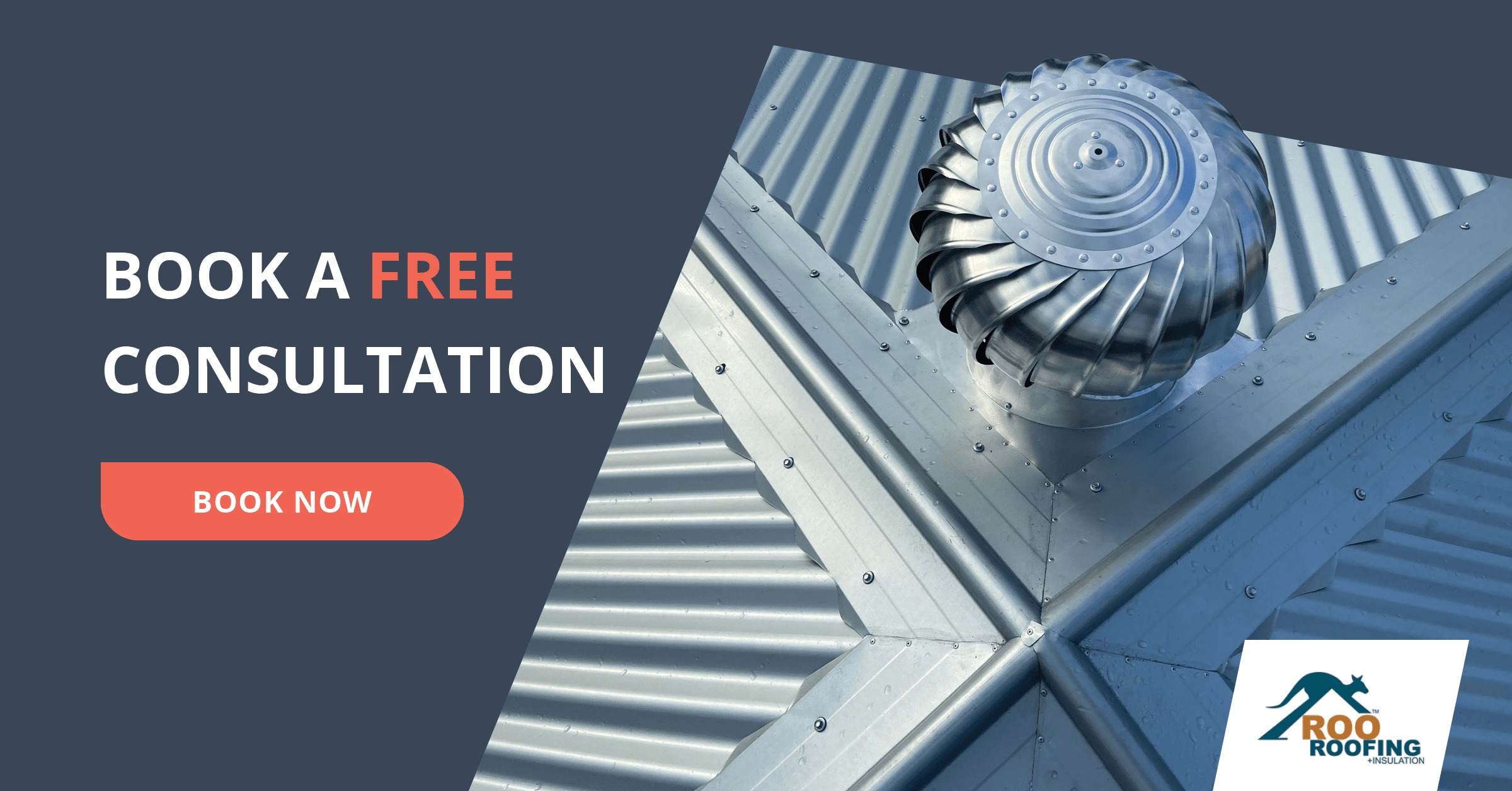
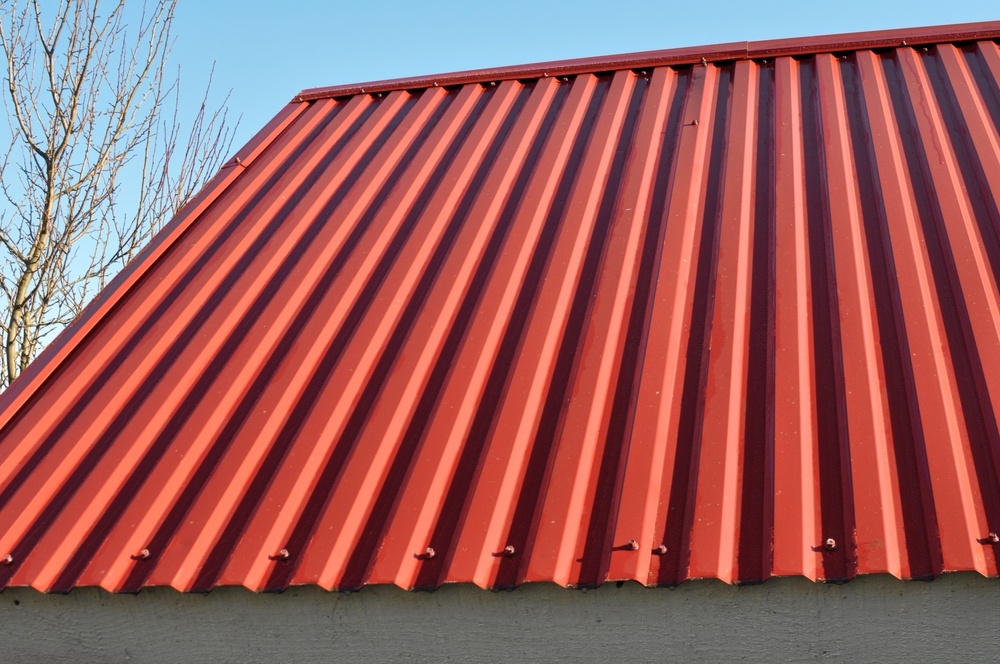
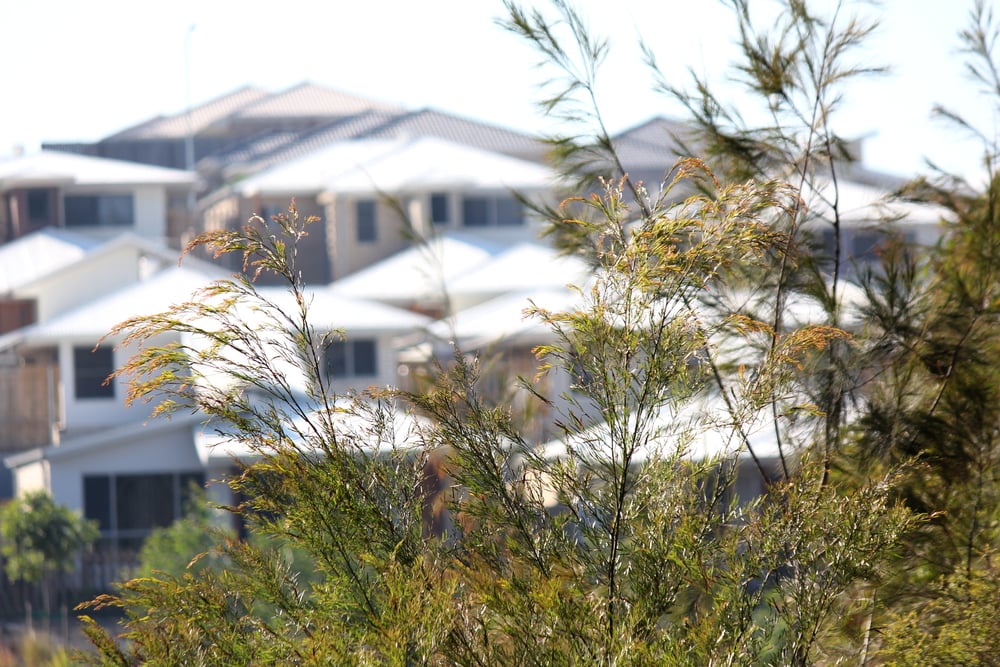

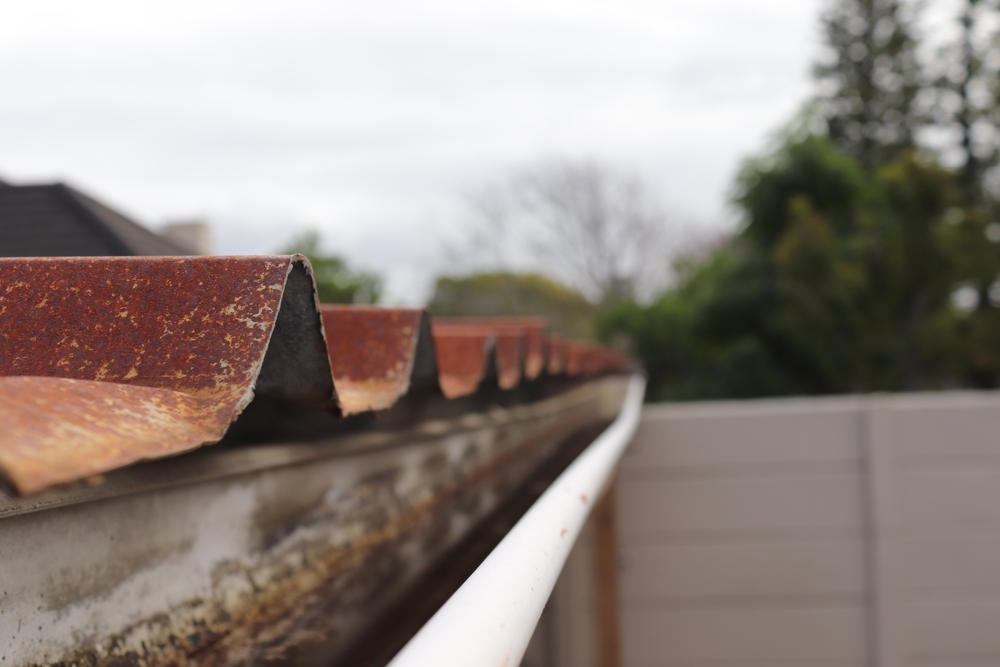
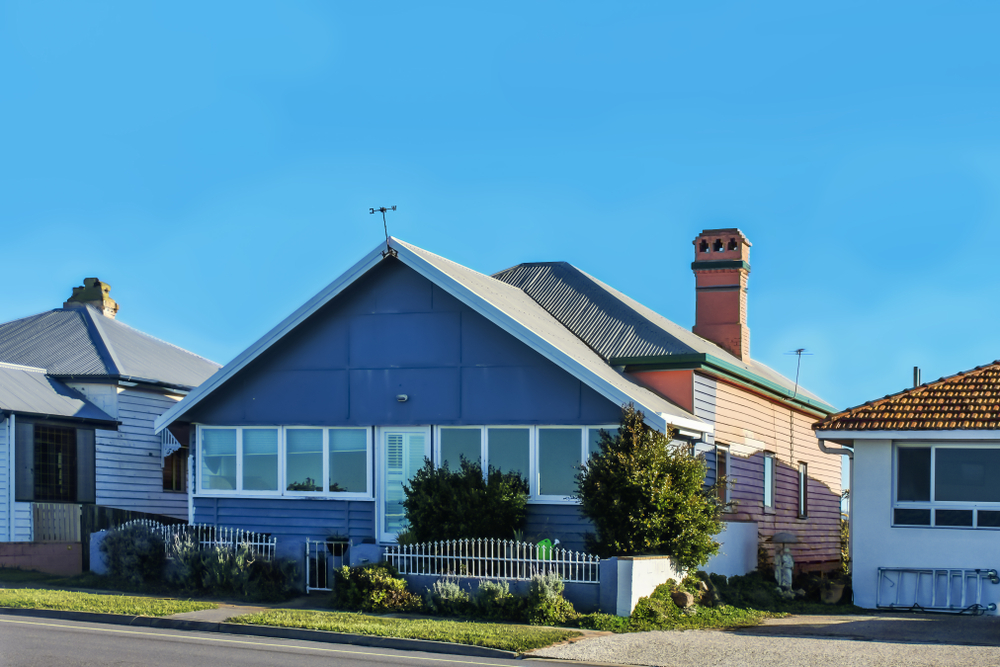
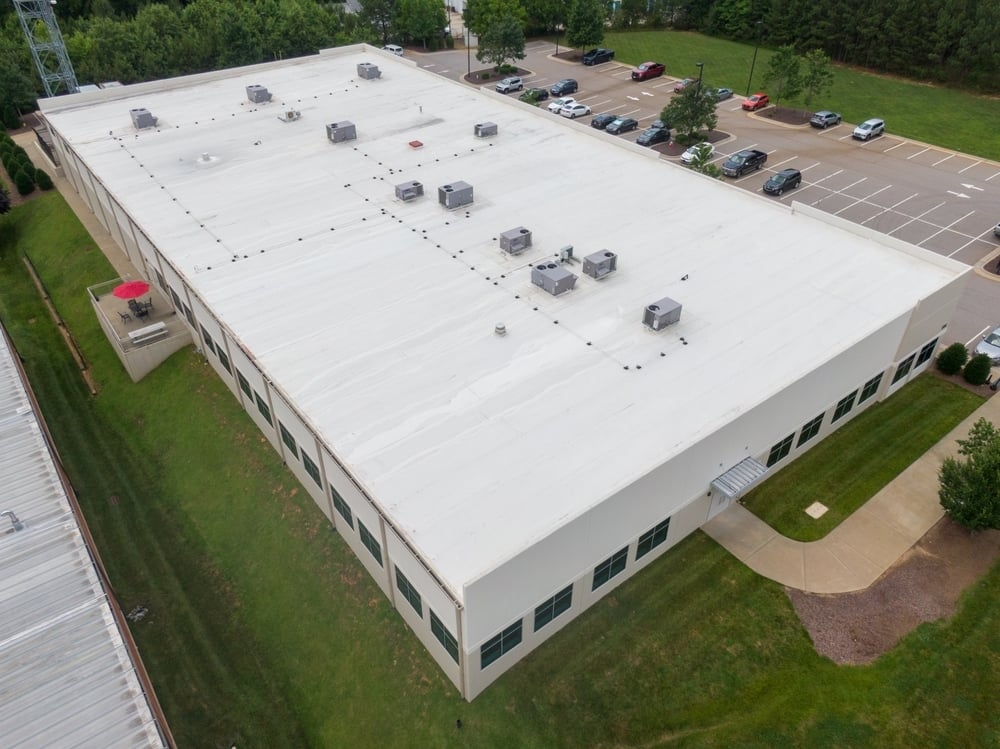
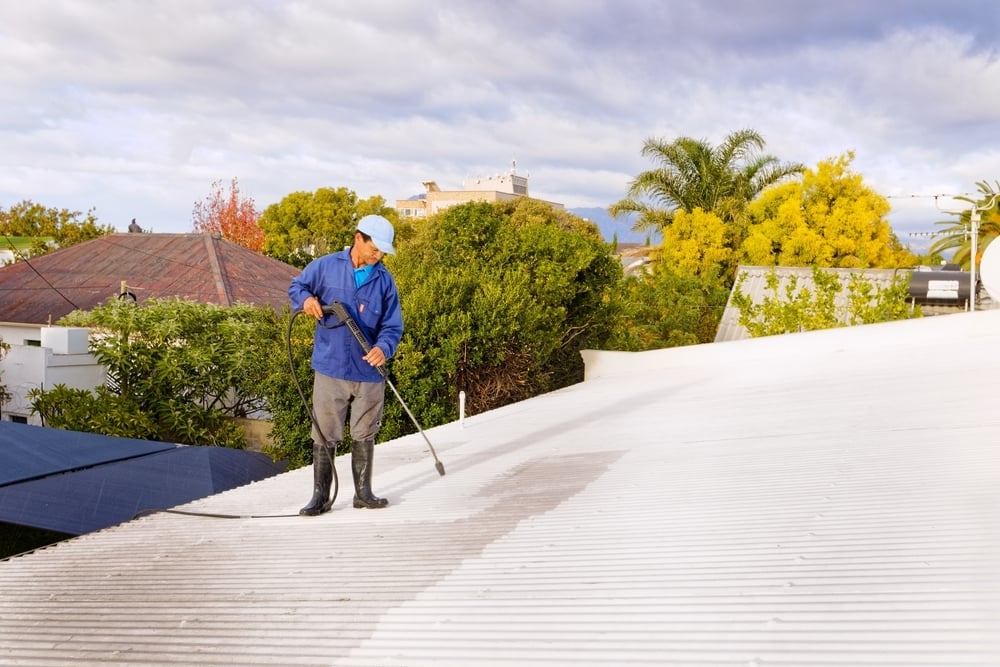
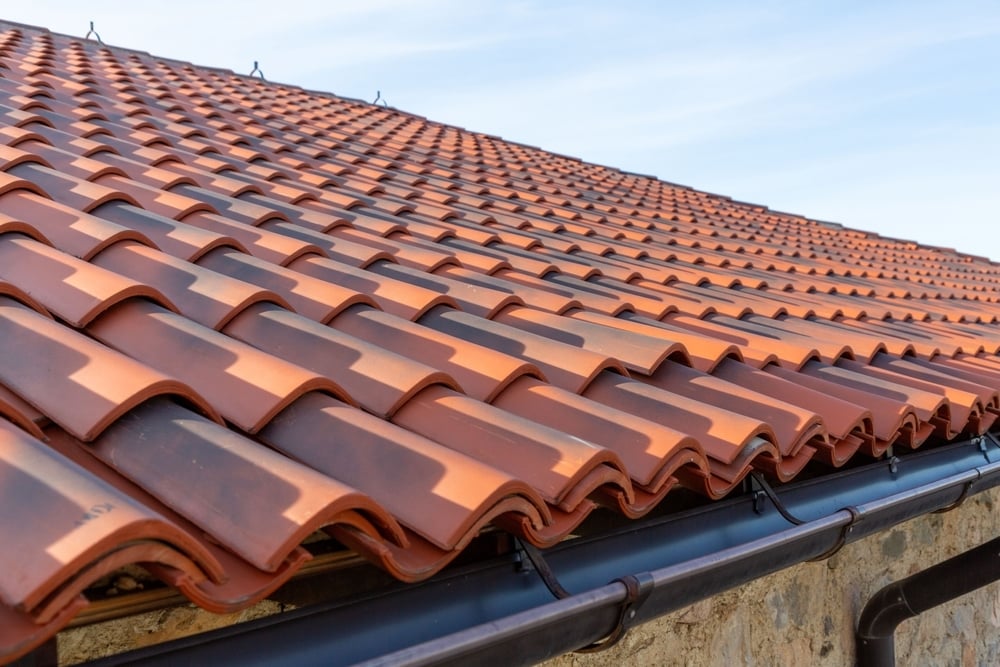
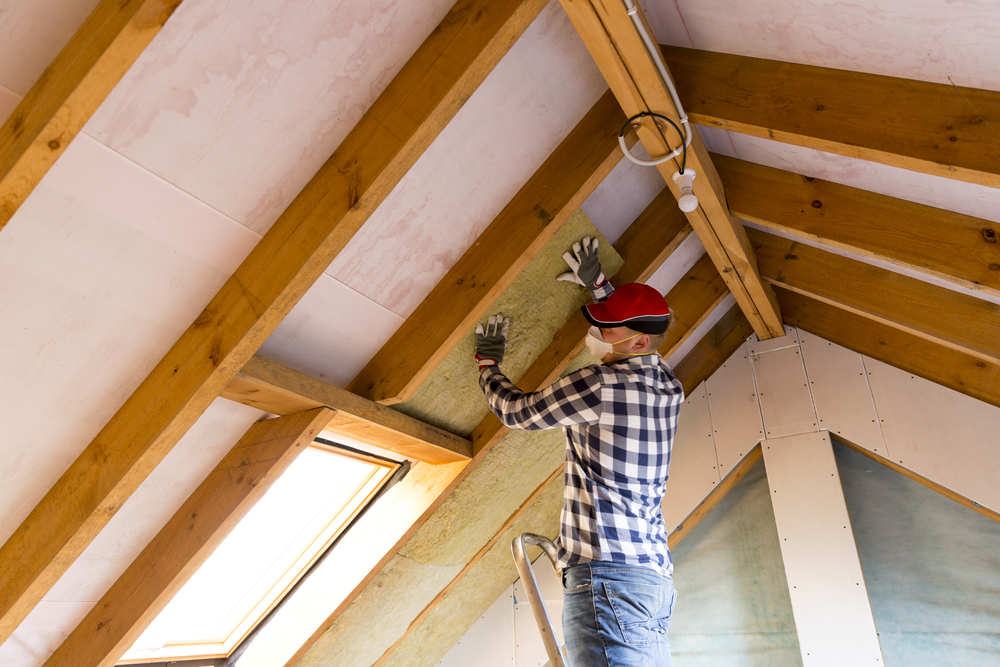
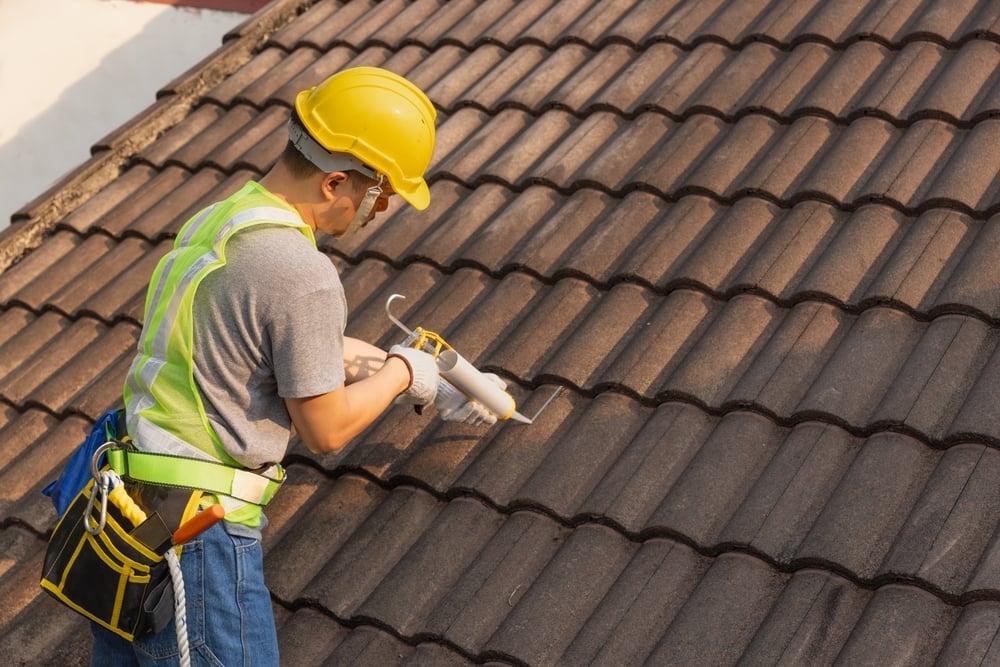

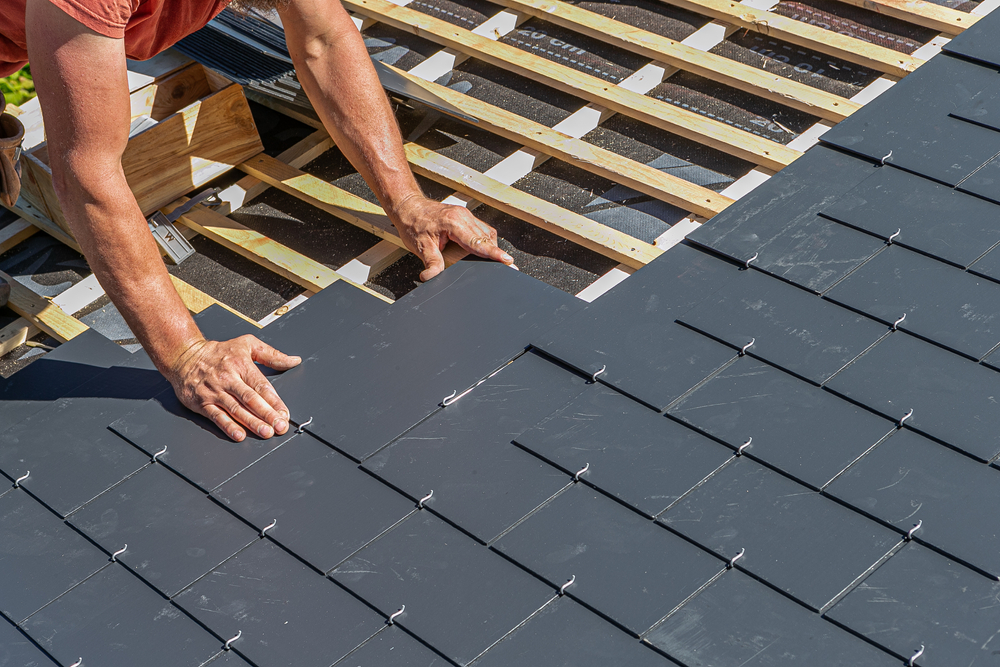
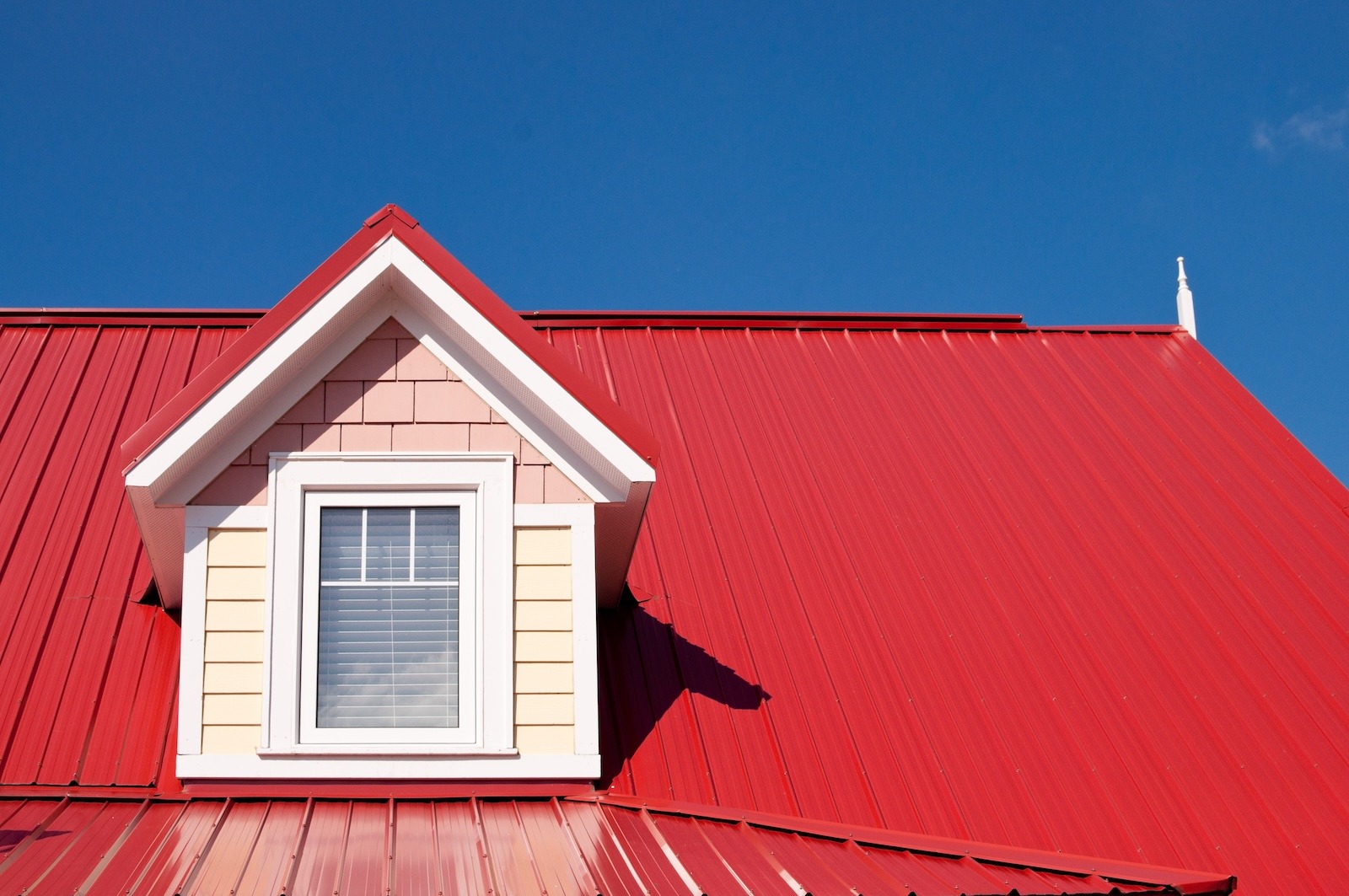
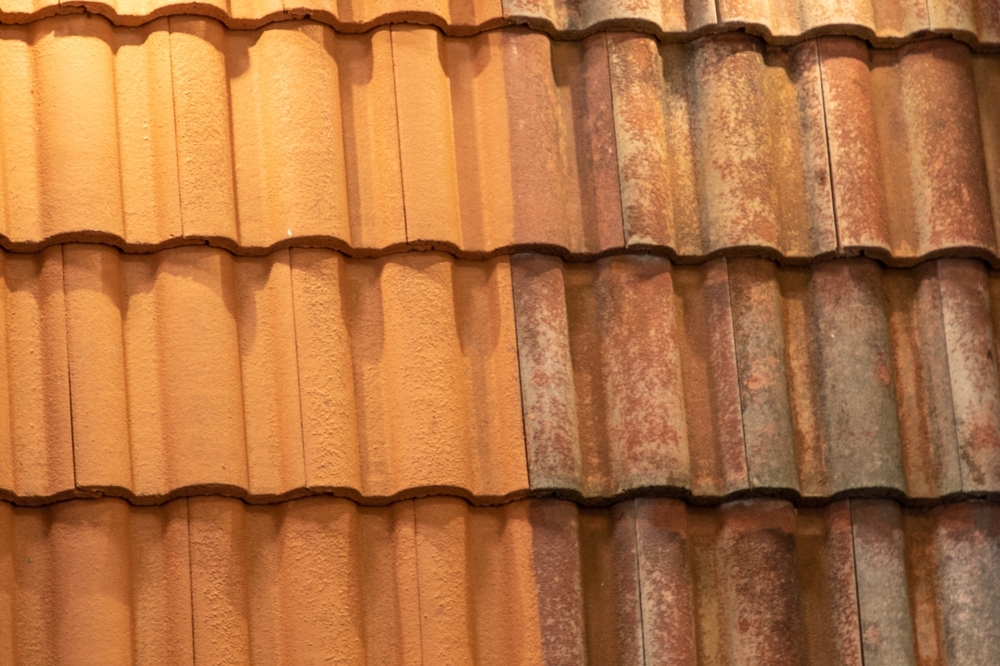
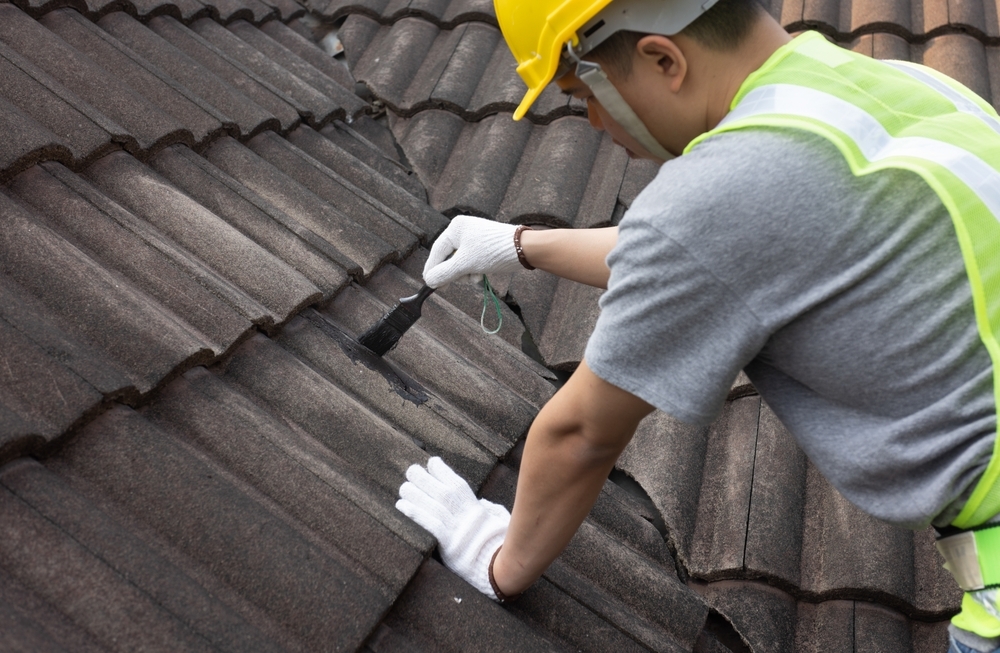
.jpg)
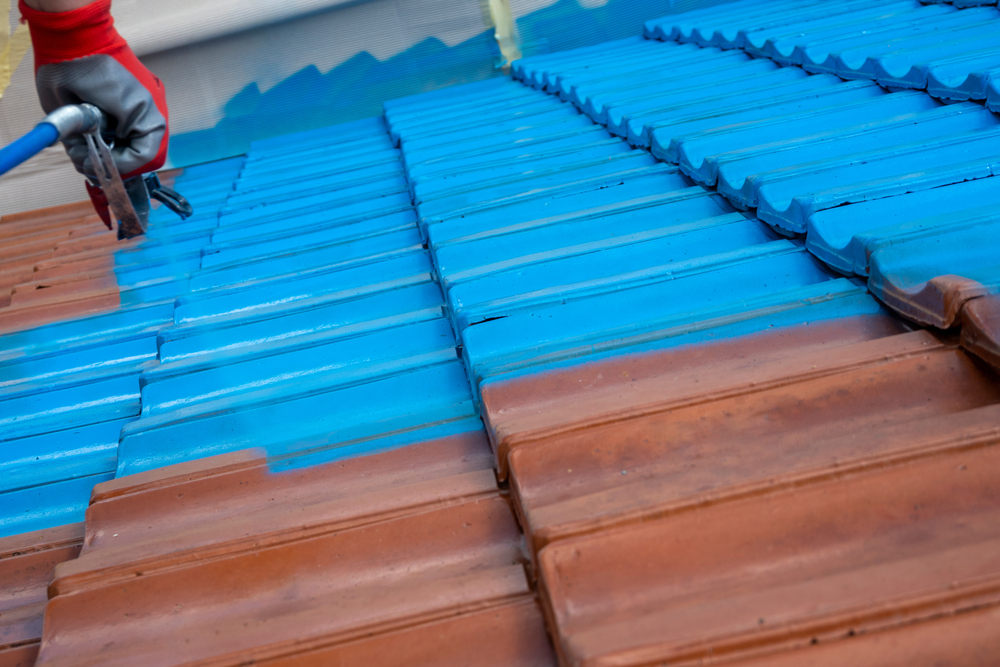
.jpg)
